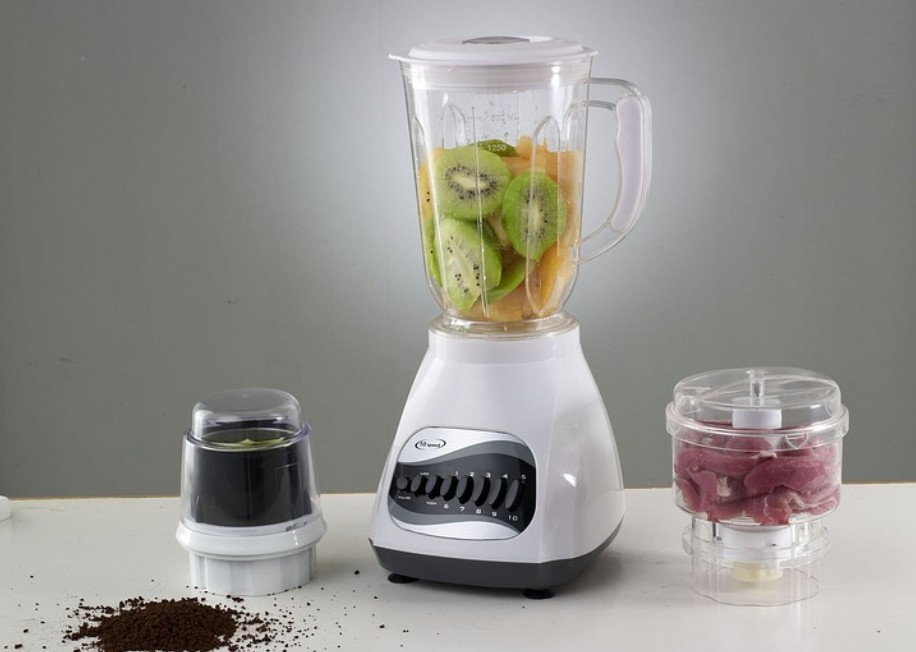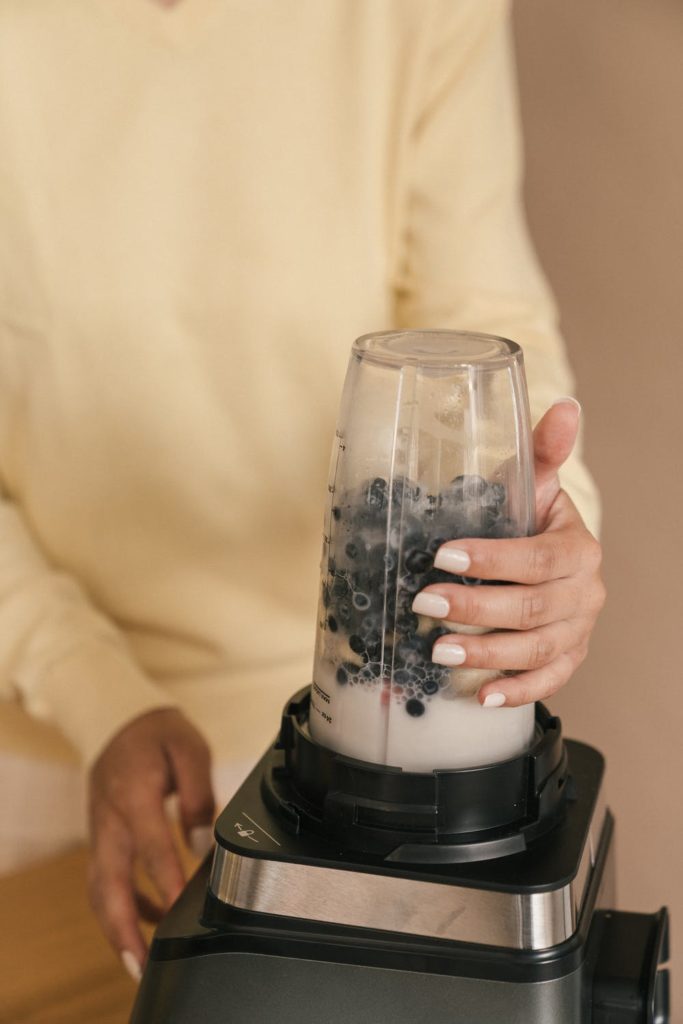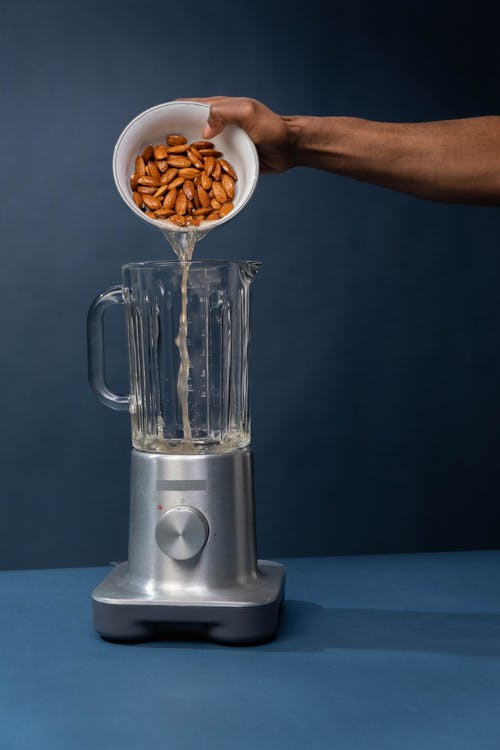With a blender (especially a high-powered one), it’s now easier, quicker, and more fun to make refreshing blended fruit smoothies, decadent milkshakes, tasty soups, and exotic sauces.
But like all kitchen appliances, blenders can also be a pain when you have to clean them up afterwards.
And what’s worse is that when you spot a noticeable crack in your blender jar. And it’s more disheartening is that when you see your favorite smoothie or shake ending up leaking out of the jar.
If you think that the cracks are not reason enough to replace your current blender with a new one, then you can fix them. You can also read our post about some of the tips for pureeing soups and other hot liquids using a blender here.
Why may blender jars break?
But first, though, why do some blenders have cracks? Why do they leak? There may be a few reasons for that.
- Blenders have rubber gaskets between the cup and the rotating blade. Your blender leaks probably because the gasket may be worn or damaged, allowing the food to seep out and escape.
- Blending food creates pressure within the jar’s chamber, so it’s highly possible that the jar may break, resulting in spilled food everywhere.
- Even the lid could have been damaged, too. Or, the lid may not have just been tightened
While blenders don’t easily break, the blades and jar may wear out over time. That’s why it’s important to check your blender before and after using it, especially if you have been using it for a long time or quite frequently.
Meanwhile, if you want to find out if you can really make whipped cream in a blender, open the given link.
Addressing the (possible) problem
So, what if you find out that the jar does have cracks? It’s either you have to fix the jar or buy new blender parts, depending on the extent of its damage.
If the jar leaks – or if you suspect that the jar may be leaking – you may want to look at the following tips:
- You may have to tighten the base of your blender. If that doesn’t solve the problem, inspect it for any further damage. If the gasket is dirty, clean it. But if the gasket is damaged and beyond repair, replace it.
- If you don’t see anything wrong with the jar’s body itself, check the lid. Maybe the jar may not have been closed too tightly? Or the lid may be worn or damaged? If it’s the latter, consider replacing it with a new lid. Make sure that the new lid is compatible to your current blender so that it fits well to it. It’s better if you get the new lid from the manufacturer of your current blender.
- Make sure to keep the blender’s bottom plate securely tightened to prevent the jar from cracks.
- Don’t place hot foods directly into the blender. It may cause the jar and the lid to warp, causing damage to the equipment. It may leak as well.
- Don’t fill the jar more than two-thirds when you use it.
- If you do see noticeable cracks on the jar’s body, the food may leak out. You should never attempt to use a broken jar on your blender.
What if the blades cause it?
This is probably the most surprising part – and the most ignored. The blender uses a motor to power the blades that do the crushing, pureeing, chopping, etc. The blades inside the jar are connected to the motor’s rotating head.
You will probably assume that the blender is specially designed to allow the blades to spin while sealing the rotating head at the same time so that the food won’t enter or leak. It’s usually watertight, but sometimes food particles may run through, making it less effective in preventing leakage.
If the blades spin a little slower than normal or create an irritating noise, you may have to disassemble your blender and check if there’s something wrong with the blades. The blades may also become clogged, which may require cleaning.
You may want to attempt to fix your blender by cleaning some of its parts. If you find any further damage, you may also try to repair it. But if the damage is beyond repair, you may need to purchase (a) new part(s), such as ordering a new gasket or glass or plastic blender jar from the manufacturer’s website.



